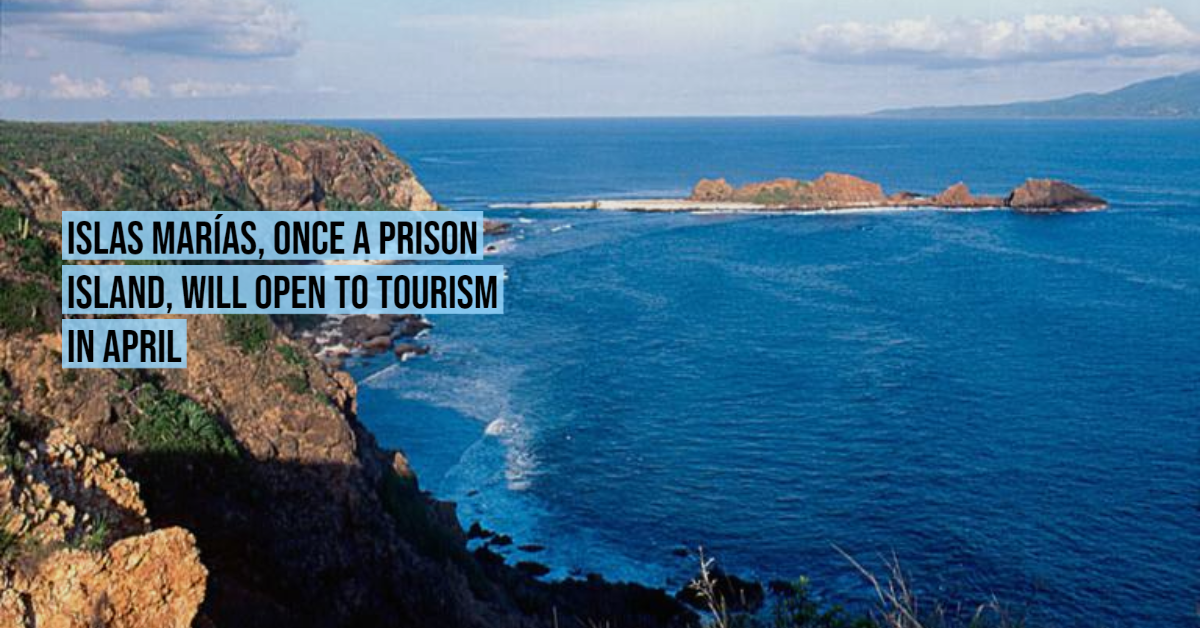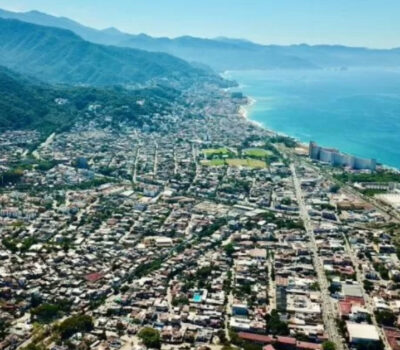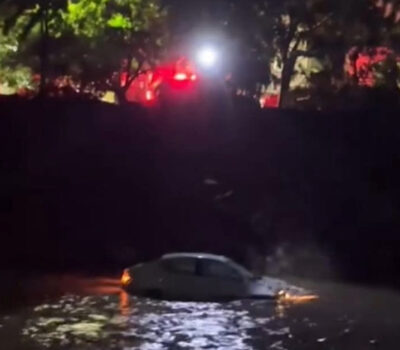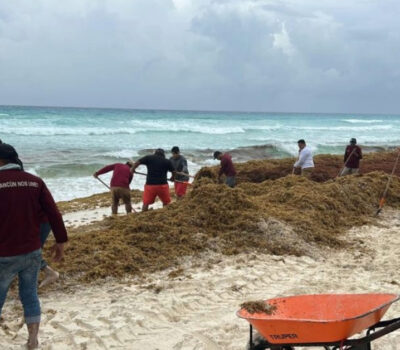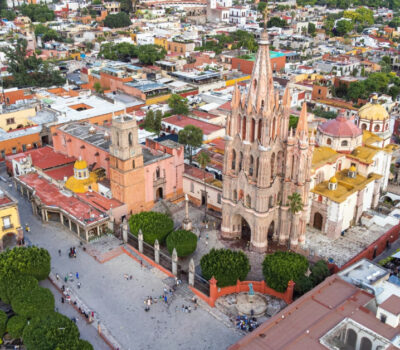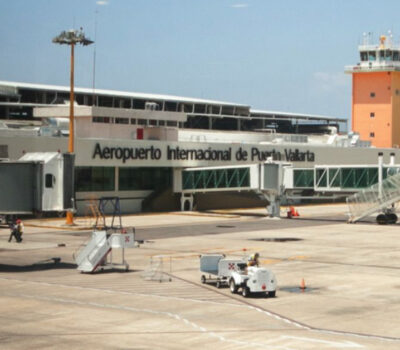After a year delay in opening, the Marías Islands, off the coast of Nayarit, confirmed the opening to tourism in April of this year.
The Environmental and Cultural Education Center "Muros de Agua - José Revueltas", as this island once served as . . .

